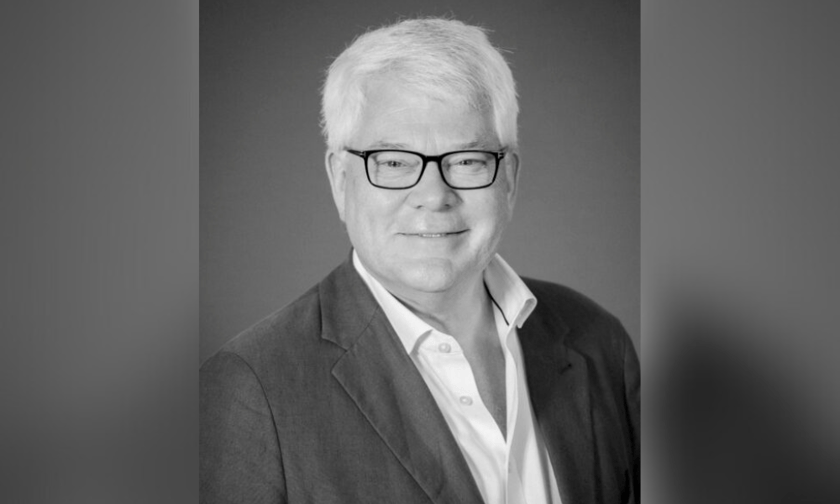

The most recent Marsh report into the captive landscape revealed that, across all regions, captive insurance premium growth over the past two years has continued to trend upward. The research highlighted that while, historically, captive growth has occurred during periods of rising commercial insurance prices, even as rate increases continue to slow for certain lines of business and regions, captives have continued to grow.
It's an interesting juncture for the sector as interest in non-traditional lines of captive insurance coverage is continuing to increase, with the report finding that directors and officers (D&O) liability premium has increased by 100%. At the recent Airmic & GIIA’s Guernsey Conference 2024, how professional indemnity (PI) and D&O coverage meet the needs of captives directors was under the spotlight with Nigel Brand (pictured) co-leading a breakout discussion on the topic.
Now group CUO & CEO (Guernsey) at Spring, Brand has worked in the PI and D&O market for about four decades and has seen first-hand how the coverage requirements of these directors have evolved. Amid growing recognition of the role captives have to play in creating a healthy and sustainable insurance and risk management ecosystem, he noted that there still tends to be some confusion regarding captives and the coverage exposures they can entail for directors. “The main issue is to make people aware that not all captives are British Telecom, they’re not all FTSE 100 companies,” he said. “People tend to think of captives as very big but there’s actually some niche specialist areas, where they’re not all FTSE companies by any stretch of the imagination.”
Insurance brokers play a crucial role in the whole lifespan of a captive – from its establishment, to its management, to its optimisation, to its eventual closure or runoff. Whether they’re conducting feasibility studies, designing and administering the program, monitoring its performance, or providing advisory services, the broker is on the front-line of ensuring a client has access to the right information, risk management and coverage. “That’s part of the challenge, to make sure the message we give the broker about the product gets to the end client,” Brand said. “Everyone has their own idea of what is good, bad and indifferent in a product.
“For example, on the product we’ve put together for captives, we spent significant time talking to captive managers, to independent non-exec directors (NEDs). Because they’re the ones exposed. It might sound like a cliché but you do need to be asking non-execs what’s keeping them up at night so you can provide solutions tailored to those concerns.”
Because of the nuances of the way captives are designed and run, a traditional D&O policy may not be sufficient. An off-the-shelf D&O liability product for instance may not give the protection an NED requires because they’re there to provide a professional service and so require an element of professional indemnity built into the coverage. “So what are the big risks for these captives?” Brand asked. “The big risks are having a solvency event, or things like the reinsurance not working. For example, if you’ve been asked by the parent to set up a certain sort of reinsurance and you fail to spot that the broker hasn’t quite done the job, you do have some exposure.”
Even aside from the regulatory aspect, which varies from jurisdiction to jurisdiction; tax, accounting and solvency are three sizeable exposures for NEDs. As such, the right products need to pay close attention to bridging these exposures, and communicating what is and, crucially, what is not, covered in an accessible and transparent manner. “Under Consumer Duty, this is exactly what you should be doing,” Brand said. “But, in my view, insurers are very good at creating products for what they think is the risk as opposed to creating a product for the risk.”
The complexity of the sector is a challenge, certainly, but for Brand and his team, it’s clear the market is ripe with opportunity, particularly with regards to smaller, more niche and specialist captives where insurance buyers might not be as experienced or confident.
Take, for example, a retail business, he said, it might have a financial services exclusion on its policy. But if it sets up a captive, it is in fact, in violation of that clause because that is a professional services business. “You’ve got to make sure that what you’ve got, as a parent, covers what you’re trying to do as an NED… The opportunity is to give as much protection as we can to the independent NED, which for the most part is where the exposure is, to allow the best NEDs possible to be pulled into that net,” he said.
“If the protection is really good, then people will feel empowered to be an NED. Whereas if the protection is not there, people will opt out of doing that. By providing a bespoke safety net with the right product you’re enabling people to seize the opportunity because, as an independent NED, you can otherwise be quite exposed.”
